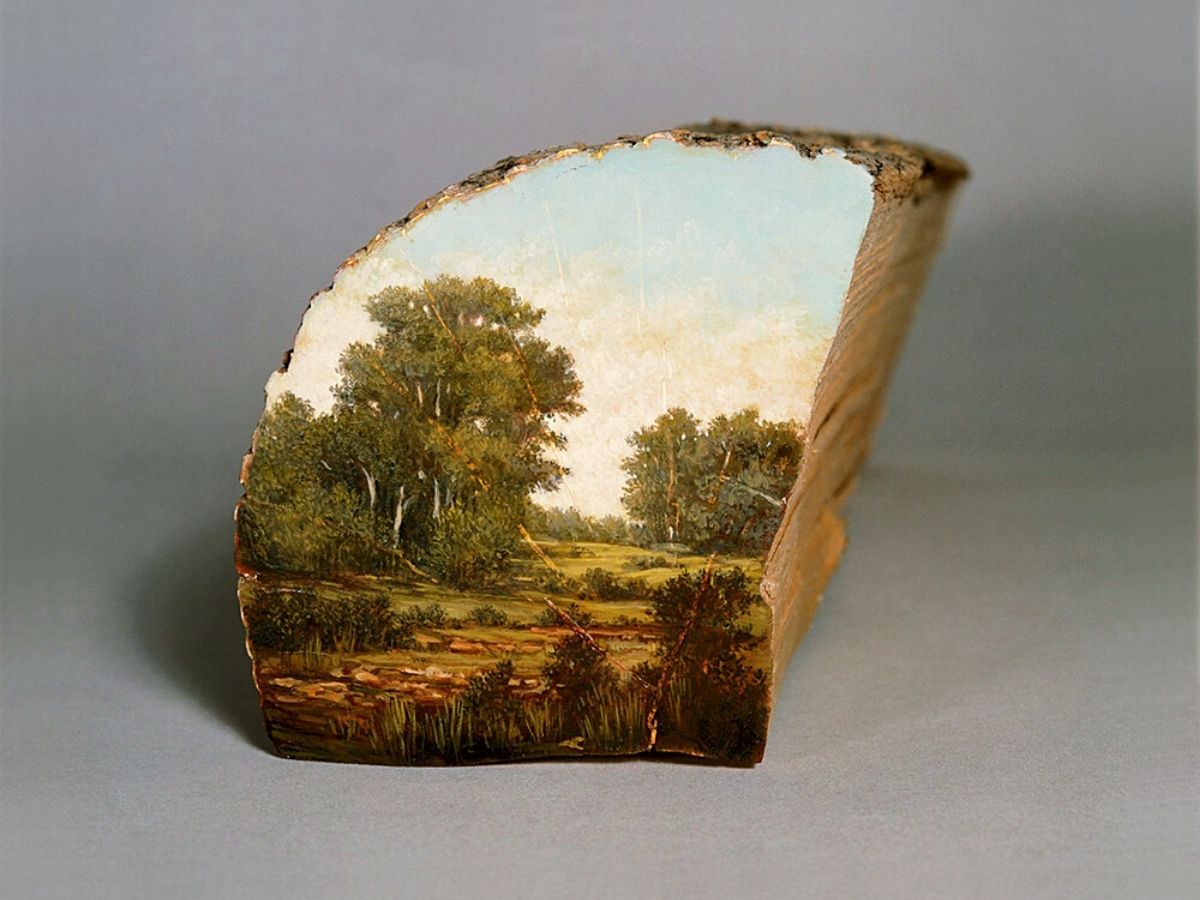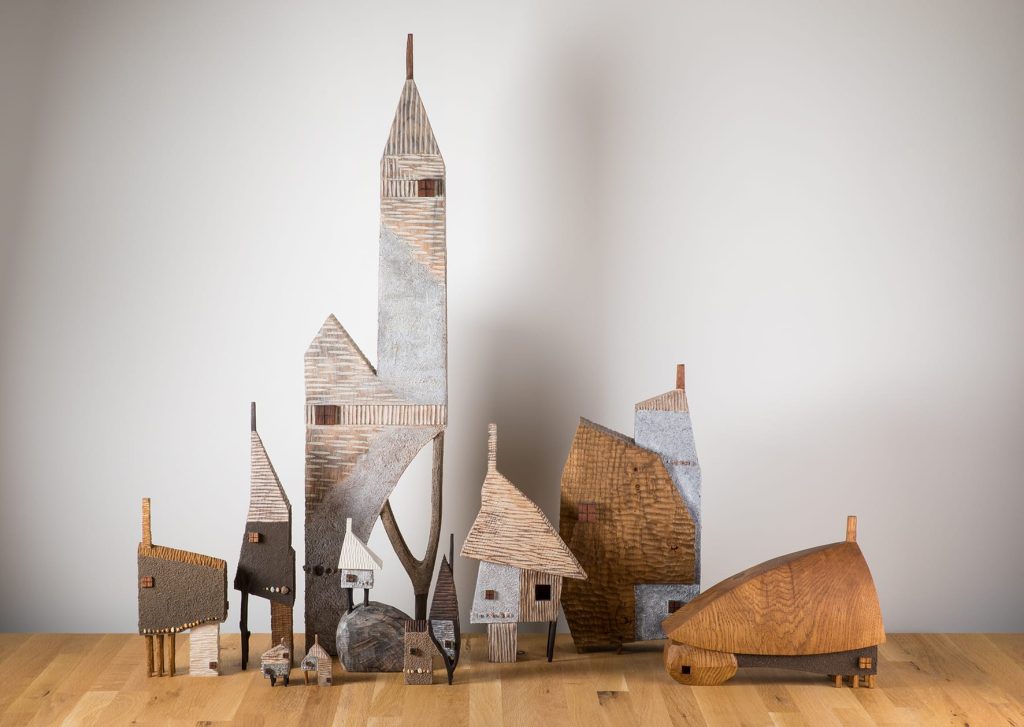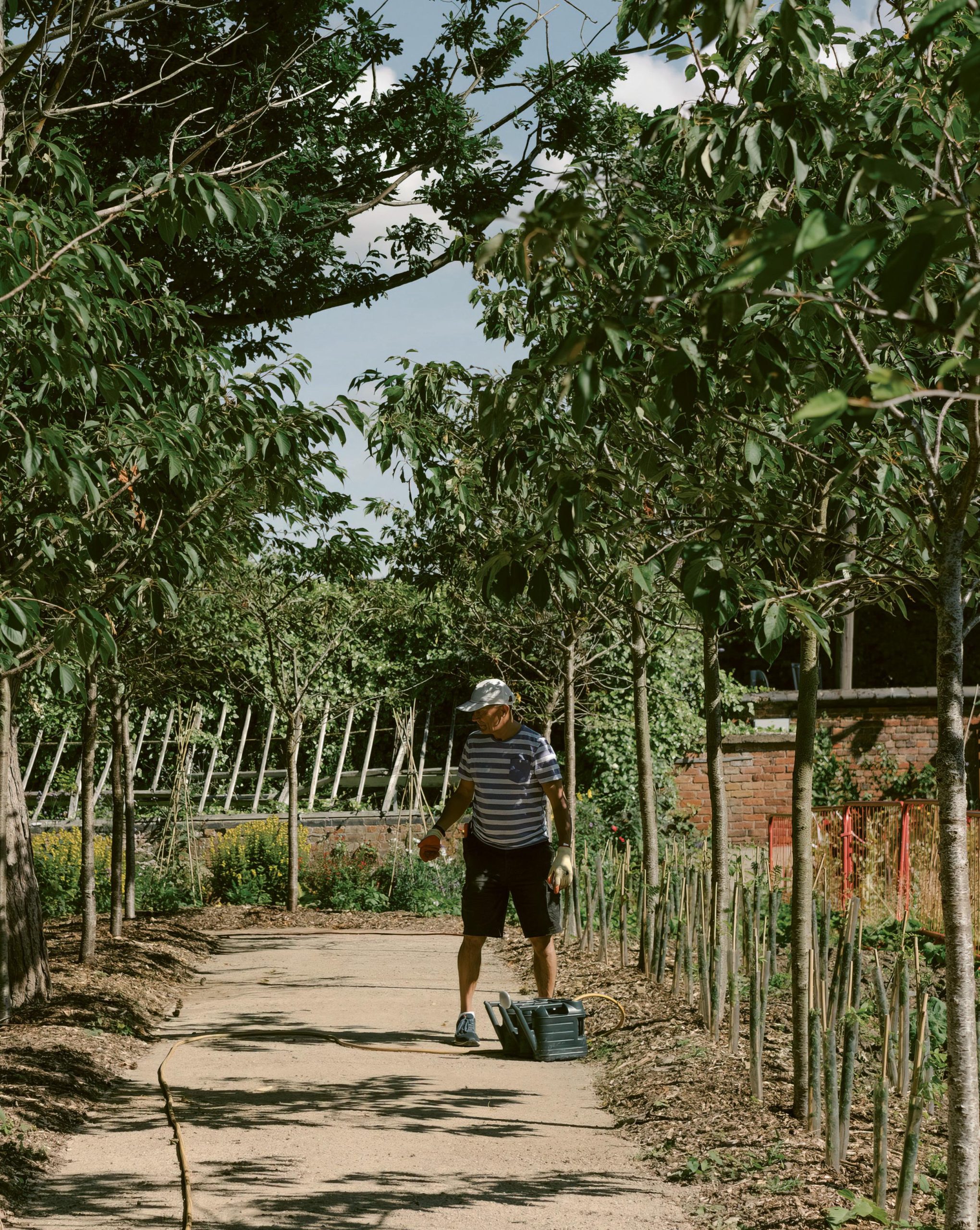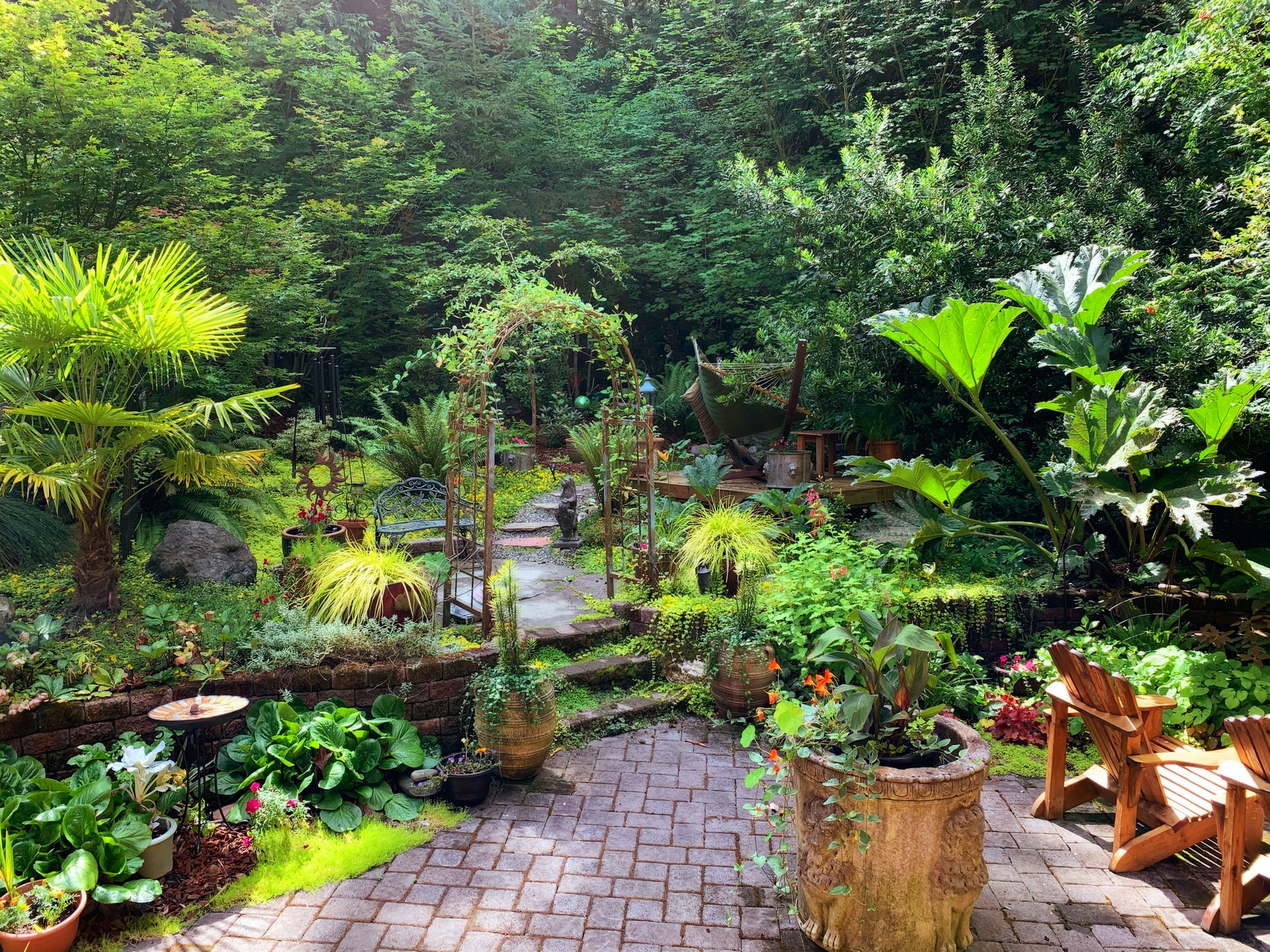Wood Sculpture Techniques: Transforming Found Logs into Works of Art

Wood Sculpture: A Timeless Art Form
Wood sculpture embodies a profound connection between the artist and nature. Using a simple found log, skilled artisans can unleash their creativity, crafting intricate forms that celebrate the organic beauty of their medium. The transformation from raw wood to a stunning sculpture not only reflects artistic vision but also pays homage to the material itself.
Carving Methods
The methods used in wood sculpture are as diverse as the artists who wield them. Whittling uses small knife strokes to reveal details in the wood and is often employed in creating smaller, figurative pieces. Emergent American artists such as David H. McCauley have garnered attention for their whimsical characters and intricate designs forged through this method.
Relief carving allows for creating depth in a flat piece of wood, portraying scenes or motifs that protrude from the background. This technique has historic roots in various cultures, often used in architectural decorations and traditional art forms. Numerous artists today incorporate this technique to narrate stories visually, merging craftsmanship with cultural themes.
On the other hand, chainsaw carving has gained popularity, especially at festivals and competitions across the United States. Artists employ chainsaws to block out shapes quickly before refining them with smaller tools. This dramatic approach often results in breathtaking large-scale sculptures of animals or abstract forms, exemplifying the raw power of art.
Finishing Touches
Once the initial form is created, the sculptor moves on to the finishing touches that elevate the artwork’s appearance and longevity. Techniques like sanding result in smooth surfaces, allowing the natural grain and texture of the wood to shine through. Different grits of sandpaper can be used to graduate the smoothness from rough to polished.

Staining can add depth to the wood’s color, highlighting the natural hues while also providing a protective layer. For instance, a rich walnut stain could accentuate the warm tones in oak, creating a stunning contrast.
Sealing is crucial for preserving the wood, especially for outdoor pieces. Waterproof finishes prevent damage from rain and UV rays, ensuring that sculptures remain vibrant over time.
Tools and Materials
The choice of tools and materials plays a pivotal role in the wood sculptor’s journey. Essential tools include chisels and knives, which enable detailed carving, while power saws expedite the removal of larger portions of wood. Some popular woods favored for sculpture include pine, cedar, and mahogany, each offering unique visual appeal and working characteristics.
For instance, cedar is not only lightweight but also weather-resistant, making it ideal for outdoor sculptures. Meanwhile, the striking colors and density of mahogany make it a favorite for intricate, indoor masterpieces.
By understanding these fundamental elements, wood artisans can invigorate logs, transforming them into compelling art pieces that resonate with both the creator’s intent and nature’s essence. Each sculpture crafted tells a unique story and connects with viewers, inviting them to appreciate the interplay between craftsmanship and the environment.
Join us in exploring the rich tapestry of wood sculpture, where creativity, nature, and storytelling intersect, breathing life into every log waiting to be sculpted into a magnificent work of art.
DISCOVER MORE: Click here to transform your home into a green masterpiece
Exploring Wood Carving Techniques
When it comes to the world of wood sculpture, the techniques artists employ are crucial in realizing their artistic visions. Each method offers a unique approach, influencing not only the appearance of the work but also its character and emotional depth. Understanding these wood carving techniques is essential for anyone interested in exploring how found logs can be transformed into striking art pieces.
Traditional Carving Techniques
Hand carving remains one of the most revered methods in wood sculpture. This technique often involves tools such as gouges and knives to shape the wood, allowing artists to develop intricate details down to the grain. Traditionalists like David Esterly exemplify the mastery of this technique, skillfully creating lifelike forms that resonate with the viewer.
Chip carving is another traditional method, characterized by removing small chips of wood from the surface to create elaborate patterns and designs. This technique often showcases folk art elements, making it a popular choice for those creating decorative items or smaller sculptures. Artists incorporate geometric shapes and natural motifs, evoking a sense of craftsmanship rooted in history.
Contemporary Techniques and Innovations
In contrast to traditional methods, contemporary techniques bring innovative approaches to the medium. Mixed media sculpture has gained traction in recent years, where artists combine wood with various materials such as metal, stone, or glass. This fusion not only enhances the aesthetic appeal but also allows for unique storytelling opportunities within the sculpture. Artists like Patrick Dougherty have created large-scale installations that juxtapose natural materials with unconventional components, resulting in thought-provoking art pieces.
Digital carving also represents a revolutionary shift in the craft. Utilizing computer-aided design (CAD) and precision routers, artists can create complex forms with incredible accuracy. This technique allows for detailed planning and execution, enabling artists to explore forms that may be challenging to achieve through traditional methods, such as dynamic shapes that play with negative space.
The Importance of Wood Selection
Choosing the right wood is pivotal in the creation of any sculpture. Various species possess differing qualities, influencing not only the aesthetic but the sculpting process as well. Here are some commonly used woods and their characteristics:
- Pine: Lightweight and easy to carve, making it suitable for beginners.
- Cedar: Naturally resistant to decay, ideal for outdoor sculptures.
- Walnut: Known for its rich color and durability, often used in fine furniture and detailed sculptures.
- Mahogany: Dense and luxurious, perfect for intricate artwork due to its workability.
Understanding these materials enriches the sculpting process, allowing artists to make informed decisions that align with their design intentions.
The journey from a raw found log to a finished sculpture involves a blend of artistic techniques and thoughtful choices. Modern innovations, coupled with traditional practices, continue to push the boundaries of what is achievable in wood sculpture, making it a captivating art form that inspires both creators and admirers alike.
| Advantages | Key Features |
|---|---|
| Eco-Friendliness | Utilizes reclaimed wood, minimizing waste and promoting sustainability. |
| Unique Design | Each sculpture varies greatly, offering a one-of-a-kind artistic experience shaped by the natural characteristics of the wood. |
Embracing the art of wood sculpture from found logs invites both seasoned artisans and budding artists to explore the intricate relationship with nature. The techniques employed range from traditional carving to modern methods that incorporate tools such as chainsaws and chisels. Each technique offers distinct possibilities for shaping the wood; for instance, whittling allows for fine details, while chainsaw carving brings explosive energy and bold forms.Natural weathering provides an additional layer of beauty and intrigue, showcasing the wood’s history and intrinsic patterns. Artists leverage this natural aging to add depth and a story to their pieces, allowing viewers to connect with the artwork on a sensory level. Furthermore, integrating color treatments or finishes enhances the visual appeal, making each sculpture not just a representation of art but also a conversation piece.As we delve deep into the modern techniques and the emotional resonance within this craft, the exploration of wood’s natural elements emerges as an endless canvas of creativity. Each piece reflects not only the skills of the artisan but also the essence of sustainability, creating art that truly resonates with both the environment and the beholder. As the world continues to seek harmony between artistry and sustainability, wood sculpture remains a vibrant and evolving medium.
DIVE DEEPER: Click here to discover more
Techniques for Surface Treatment and Finishing
The transformation of found logs into captivating wood sculptures does not end with carving; the surface treatment and finishing techniques play a significant role in the final presentation of the artwork. The way a sculptor chooses to finish a piece can enhance its natural beauty, preserve its integrity, and even change its emotional resonance. These processes are essential components of the sculptural journey.
Natural Finishes
Many artists opt for natural finishes, such as oils and waxes, to enrich the grain and texture of the wood without masking its inherent qualities. Tung oil and linseed oil are popular choices among woodworkers for their ability to soak into the wood and enhance its appearance while providing a layer of protection against moisture and UV damage. Carnuba wax can be used as a final layer, lending a soft sheen that highlights the wood’s beauty and depth.
Incorporating natural finishes aligns well with the ethos of sustainability often associated with wood sculpture, especially when utilizing found logs. Artists feel a deeper connection to their materials, celebrating the raw, unrefined aspects of their medium.
Paint and Stain Techniques
While many purists shy away from paint, incorporating colors can yield thrilling creative possibilities. Wood stains can enhance or alter the natural hues of the wood, providing artists the freedom to create a specific atmosphere. For instance, a deep mahogany stain might impart a warm, traditional feel, while bold colors can evoke modernity and provoke thought.
Acrylic paints are another medium embraced by some sculptors, allowing for vibrant colors and the ability to create intricate designs. This use of paint is particularly appealing in contemporary installations, where a fusion of color and texture can lead to powerful visual statements.
Texturing Techniques
Texture is an essential aspect of many wood sculptures, adding depth and intrigue. Artists often employ a range of texturing techniques to create contrasting surfaces that invite interaction. Burnishing is one such method, involving the rubbing of tools or materials against the wood to create smooth, polished areas amid rough textures. Alternatively, chiseling can introduce sharp contrasts with jagged edges or faceted surfaces, playing with light and shadow to draw viewers in.
Some artists also utilize pyrography, or wood burning, to further enhance textures and details. This technique involves burning designs or images onto the wood, adding a distinctive feature that speaks to both craftsmanship and creativity. The incorporation of burned patterns can create a storyline or thematic essence within the sculpture.
The Role of Context and Environment
The context in which a sculpture is placed can significantly affect its perception. A piece intended for an outdoor setting may require more durable finishes to withstand the elements, while sculptures meant for indoor display can leverage the natural light of the space to accentuate their textures and surfaces. Artists often take these factors into account during the creation process to ensure their works resonate with the intended audience and environment.
As artists explore the vast potential of wood sculpture, techniques surrounding surface treatment and finishing serve as crucial elements in the transformation of found logs into breathtaking works of art. The interplay of these techniques continues to inspire and challenge sculptors, leading to diverse expressions and connections grounded in the art of woodworking.
DISCOVER MORE: Click here to uncover the transformative power of art in mental health
Conclusion: The Artistry of Wood Sculpture
In conclusion, the journey of transforming found logs into stunning wood sculptures is a rich tapestry woven from technique, creativity, and environmental consciousness. From the initial selection of the log to the meticulous processes of carving, texturing, and finishing, artists embrace various wood sculpture techniques that reflect their individual styles while celebrating the natural beauty of their materials. The use of natural finishes, bold paints, and intricate textures not only enhances the visual appeal of these sculptures but also emphasizes a commitment to sustainability—a value increasingly significant in contemporary art.
Moreover, as these sculptures are poised in their contextual settings, they engage and connect with their audiences in profound ways. The consideration given to environment and context enables artists to invite viewers into an interactive experience, inviting them to explore the dialogue between nature and human creativity. In this realm, every found log tells a story, transformed through skilled hands into a work that transcends its humble origins.
As interest in wood sculpture grows, so does the potential for innovation within this traditional art form. Driven by a desire for unique expression and a deeper relationship with nature, sculptors may continue to experiment with alternative techniques and styles, further enriching the landscape of wood sculpture. Those intrigued by the journey of wood as an artistic medium are encouraged to delve deeper, exploring the histories and processes behind each sculpture seen in galleries and public spaces across the United States and beyond.


